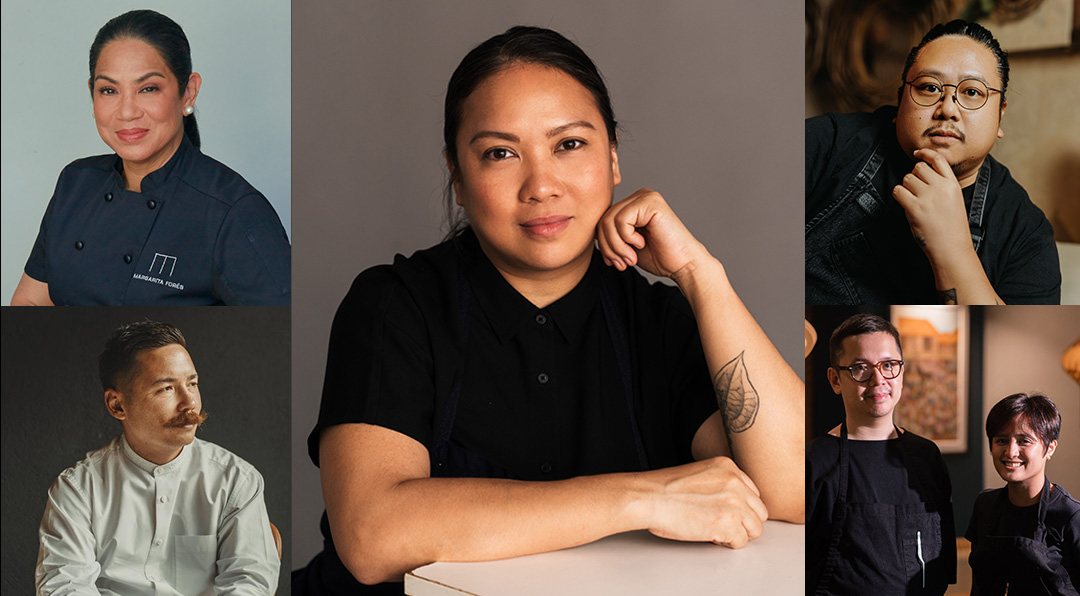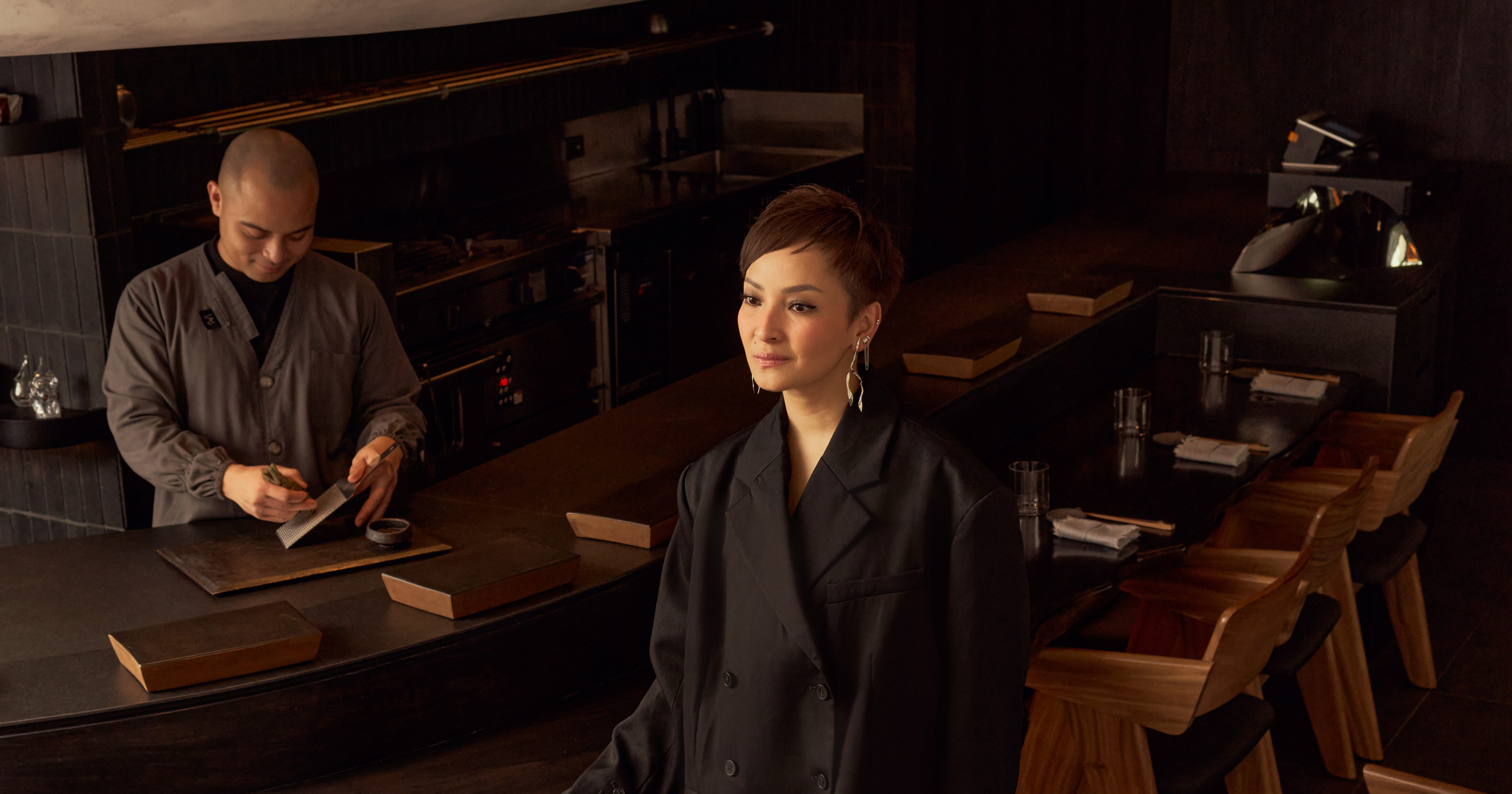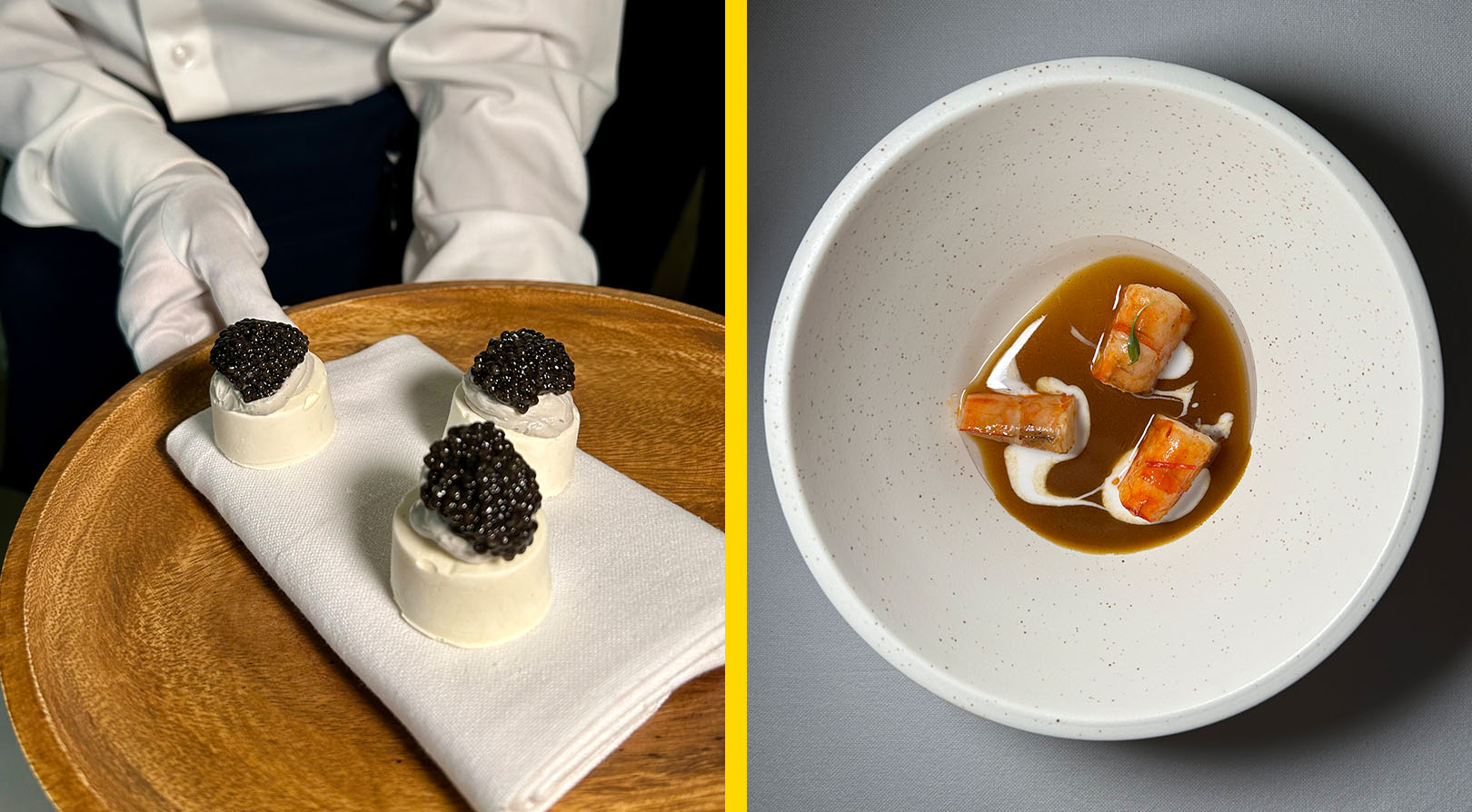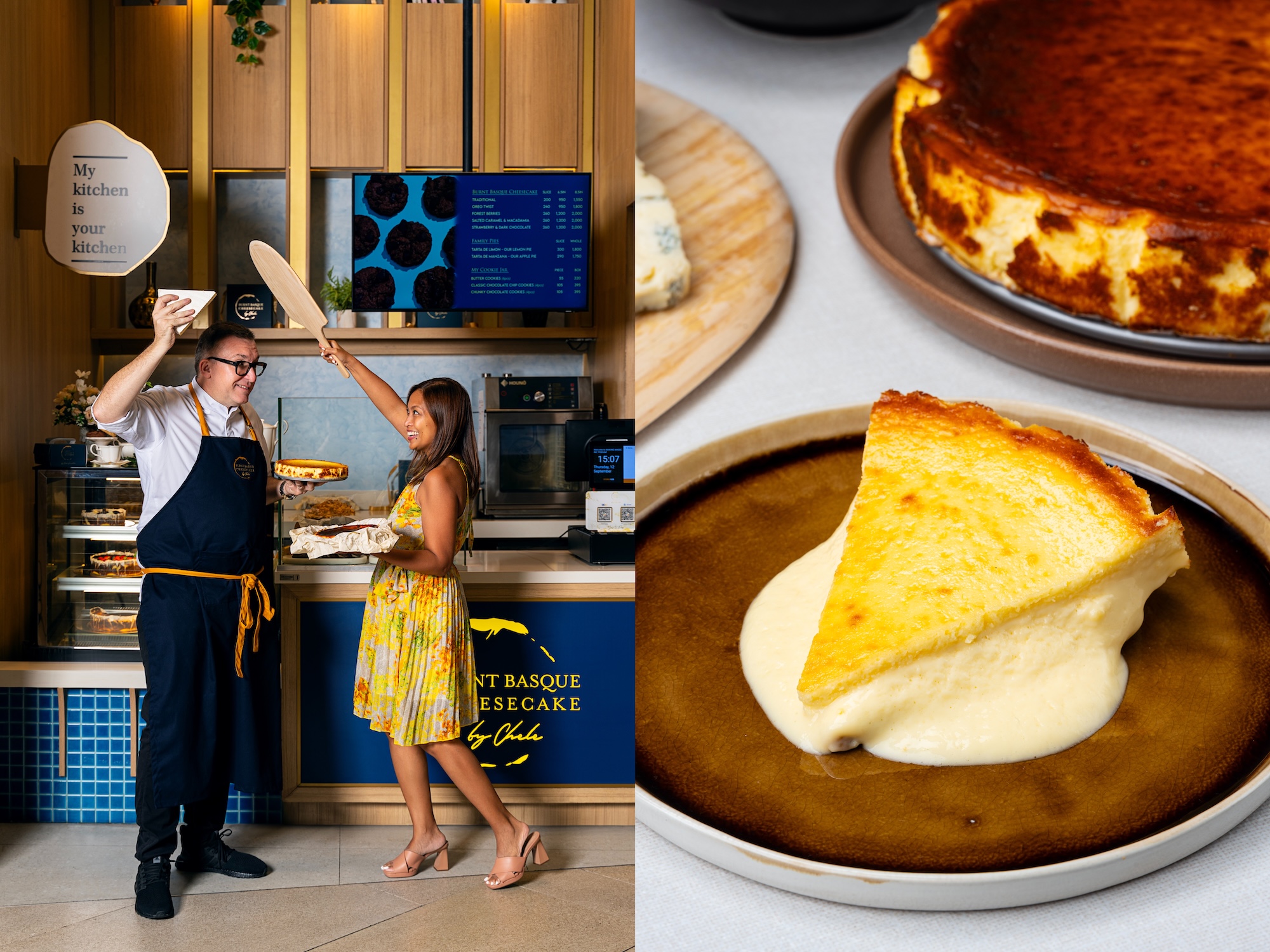Over 45 percent of Filipinos drink to socialize, nearly 24 percent see drinking as a way to de-stress, and 17.5 percent simply want to be happy or gain pleasure through drinking.
Whether with or without an occasion, Filipinos love to drink. It has become part of the culture of celebrations—there almost isn’t any social event without alcohol on the table. Aside from local alcoholic drinks that have made their name on the international circuit, Filipinos are also known as one of the heaviest drinkers of beers and spirits in the world. So how did the beer-accustomed palate of the Filipino adapt to the flavors of wine?
Novellino president and general manager Chris Quimbo, whose company “wants to fulfill the unfulfilled aspirations of the Filipino drinker,” says there are three essential things to consider to make the Filipino drinker patronize wine: taste, price, and familiarity.
1. Taste
It’s a fact that Filipinos have a particular penchant for sweets. Even in daily dishes, a hint of sweetness manages to blend beautifully with the rest of the flavors. In terms of wine processing however, the sweeter the wine, the more complicated it is to make versus dry wines. Dry wines are produced when sugar has been converted into alcohol. The longer the fermentation, the drier the wine will be. On the other hand, sweet wines do not remove all of the sugar found in grapes or in other fruits. These types of wines may also contain sweeteners and concentrates to achieve the desired taste.
So because Filipinos seem to be drawn to anything sweet, bitter wines are usually infused with sweeter, fruitier, and more innovative flavors such as mango, cashew, and coffee.
2. Price
Wine is mostly found on the tables of the rich and the popular. Compared with beer, which could cost as low as P50 for a bottle, wine comes at a relatively higher price that costs, at the minimum, hundreds per bottle. This is one of the reasons why Filipinos haven’t been acquainted with drinking wine—its accessibility is an issue for low- and middle-income drinkers.
But since more brands are entering the market, companies are devising new strategies to make sure their products are accessible to all Filipinos. Novellino for example wanted their wine products to reach as many people as possible so they priced their wines to be as affordable as they can.
3. Familiarity
With so many brands to chose from, an average consumer can get overwhelmed with all the options. Since wine is an old product, there is no one wine that owns more than one percent of the world’s global market, as what Quimbo points out. This is because wine is made to suit the taste preference of the region where it is produced.
Globalization, however, has made the supply chain independent from one another. A farmer who owns a vineyard can sell his grapes to a winemaker, who then sells his wine to a vendor, who then sells it to a bottler. The bottler may then sell it to a distributor and then the distributor sells it to a couple of wine brands. But, owning the supply chain from the point of sourcing the grape juice until the actual distribution of wine lets the company adjust all three factors—taste, wine, and familiarity—to suit their needs and that of the market that they are in.












































